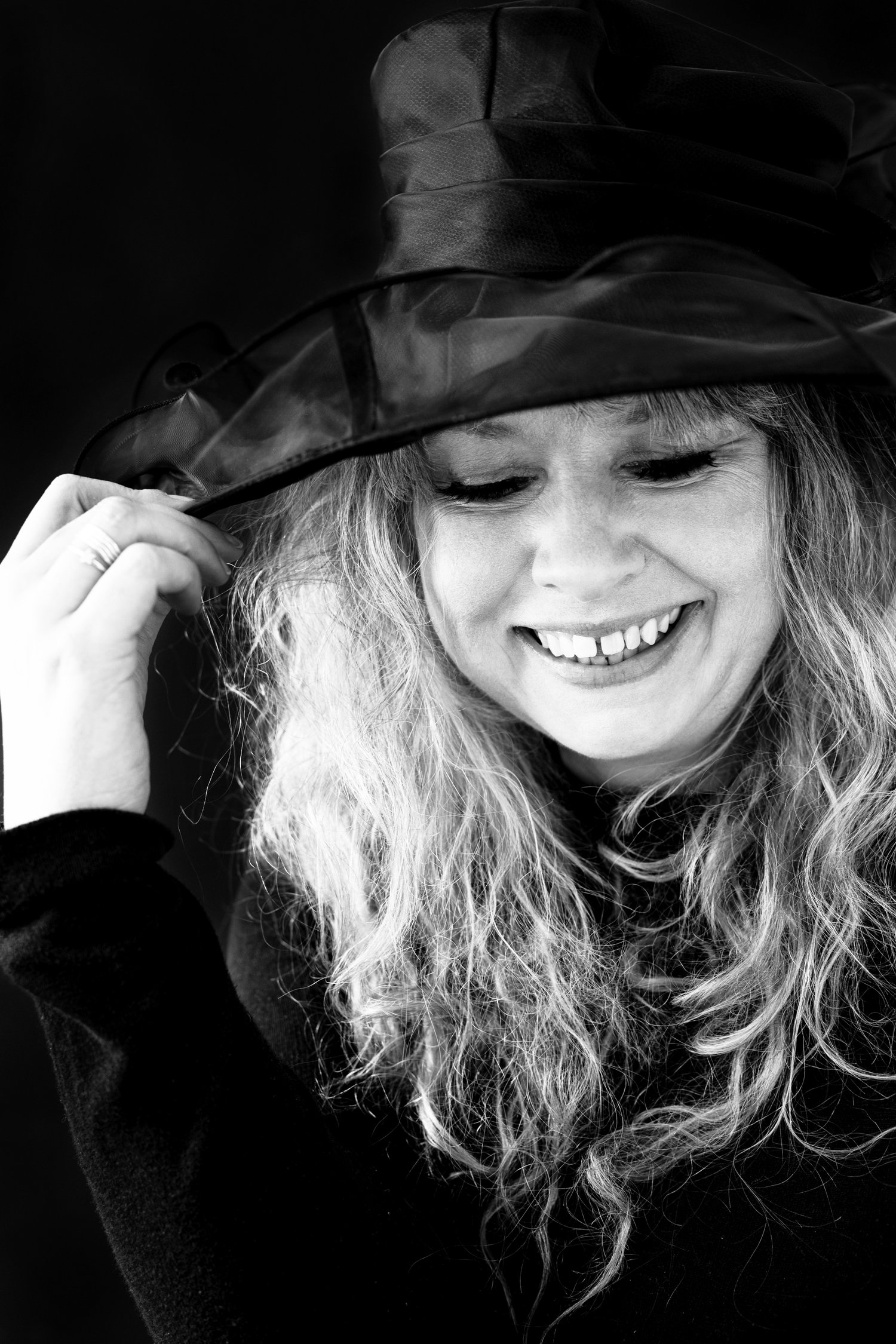Thomas Langdon's map: a typographic enquiry
The London Charterhouse map was commissioned by the Governors of the Charterhouse estate in 1616 and completed in 1617. It was surveyed and compiled by Thomas Langdon, a Tudor cartographer and Oxford University alumni. Estate maps had a practical use, showing enclosures and providing a means of administrating large areas of land in a litigious society. Cartography served a social purpose by recording land ownership. The history of this specific map forms part of a community project in the village of Balsham which will culminate in the publication of a book. It is hoped that this project will add value to the history of the village for future generations.
My enquiry took the form of an exploration into the map typography and symbolism of to find a tangible value to the village. Hortulanus, Machielse and Meeuwesen (2006) suggest that ‘a close bond with the social environment can only exist if people have lived in the village for longer period of time’. The vernacular of villages through their topology and sense of place may empower a sense of belonging. If way-finding is visualised with an influence to the past, does this distinguish one village from another and how localised can this process be?
The project began by exploring typography in the village, finding evidence of signs in historical photographs and in the present village. The church dates from the Norman period and features on the 1617 maps as do several houses but I felt that this did not embrace the inclusiveness of a community project. The church is not the community space it once was in a religiously diverse country and houses are private spaces.
The 1617 map, like other of that era contains symbolic meanings which reference status, pride and landscape. Such decoration ‘which appears to have been included as a routine act of decoration…should not be underestimated’ (Harley, 1983). The title cartouche and careful decoration which appears on each sheet of the survey, reflect Langdon’s education, the social aims of the Charterhouse estate and affluence. Balsham was a rich village in land owning terms, and it was traded by the monarchy for poorer parishes with the Diocese of Ely in later years. Charterhouse’s estate in Smithfield would have contained almshouses, a chapel and a school.
I returned to Thomas Langdon’s map. After talking to the project organisers I saw an opportunity to provide a display typeface in the book, material for a ‘Feast’ celebration and an article in the book. My objective became the exploration of Thomas Langdon’s work and the language of maps to establish if the glyphs can be transcribed to modern technology whilst retaining raw elements. This builds on provenance and the influence of craft and history in the present day, which is relevant to my work
The project is still in progress.
